Paul Signac – a pioneer of Neo-Impressionism
Back in May we showcased some paintings by Georges Seurat and revisted an earlier post about his life, click here.
In reading that, I was reminded that I had intended to do a post about his friend, Paul Signac, who together with Seurat, pioneered the Neo-Impressionistic styles of Pointillism which was also called Divisionism.
Whilst Seurat died at the tragically early age of only 31, his friend Paul Signac continued to develop their theories of optical colour mixing and the science of colour. He continued the legacy, supporting and influencing up and coming young artists such as Henri Matisse, Piet Mondrian, Vincent van Gogh, and Pablo Picasso, until his death almost forty-five years later, at the age of 71.
The method they called Pointillism was to apply pigment in scientifically-juxtaposed small dots of pure colour. This exact, almost scientific system, of applying the dots or short dabs, instead of the somewhat intuitive application of brushstrokes by the earlier Impressionists, led to their very distinctive, three dimensional visual style.
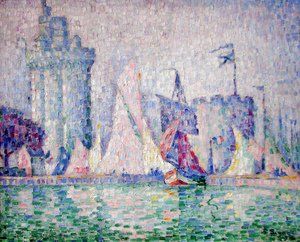
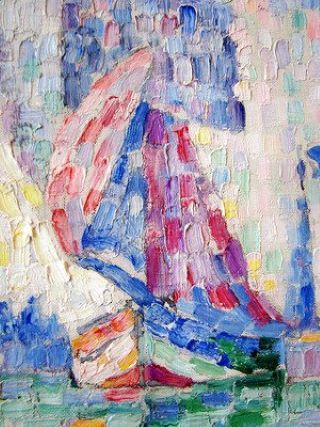
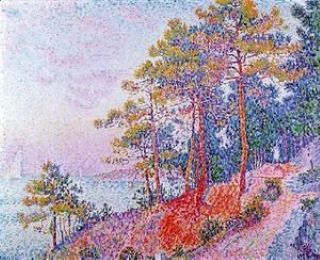
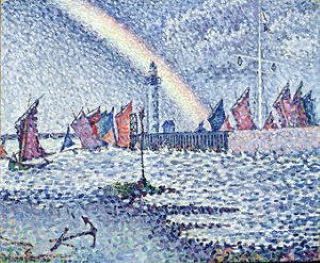
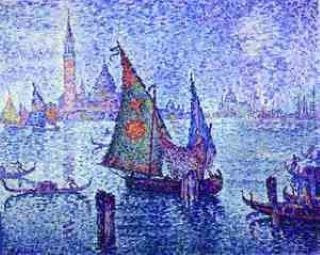
Paul Signac was born in Paris on 11 November 1863 to a bourgoise French family. He initially studied architecture but, at the age of 18, deciding to pursue a career as a painter, after attending an exhibition of Monet's work and living amongst the artists at Montmartre. He was both intelligent and well-read, and the emerging modern theories on optics and scientific colour very much appealed to his logical mind.
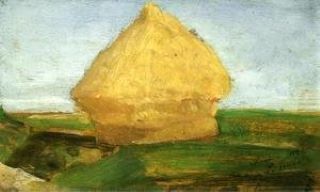
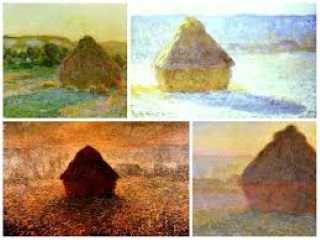
In July, 1884, along with Georges Seurat and others, Signac helped found the Salon des Indépendants. With the motto, "Neither jury nor awards" (Sans jury ni récompense), they held large exhibitions. Their objective was to allow artists to present their works freely for public judgement, without the “jury of admission”1 which had characterised entry into the Paris Salon for so long, (and had also previously led to the Impressionists’ breakaway exhibitions).
Through his friendship with Georges Seurat, Signac met Camille Pissarro, whose son was friends with Seurat. Pisarro remained a lifelong friend and mentor to Paul after the early death of Seurat.
In 1886 Signac met Vincent van Gogh in Paris. During 1887 the two artists regularly went to Asnières-sur-Seine together, where they painted such subjects as river landscapes and cafés.1 Signac also visited Van Gogh at Arles, during his self-enforced incarceration there. Signac also met Toulouse Lautrec, who was a friend of Van Gogh. He certainly had many famous influences in his life! (We will meet Toulouse Lautrec in up coming posts).
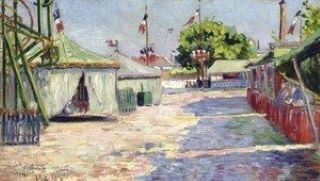
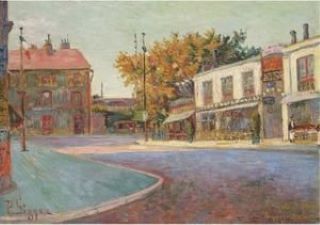
In 1891, Paul made a short trip to Italy, seeing Genoa, Florence, and Naples. Being a keen sailor as well, he bought a boat and travelled widely along the European coast, painting the landscapes he encountered. He left Paris each summer, to visit the ports and towns in the south of France. He particularly liked Marseilles and St. Tropez, where he bought a house and invited his friends, including Henri-Edmond Cross and Henri Matisse. He envisioned the south of France as the perfect location for a future anarchist utopia, which fitted well with his political persuasions as an anarchist.
Among his best-known works is the colourful The Port of Saint-Tropez (1901), a vivid rendering of the Mediterranean coast that exemplifies his signature brushwork, which had evolved on further from Seurat's meticulous dots.
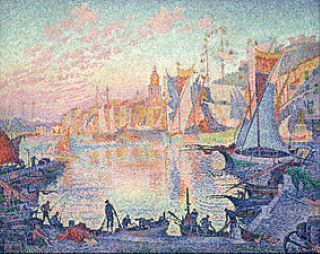
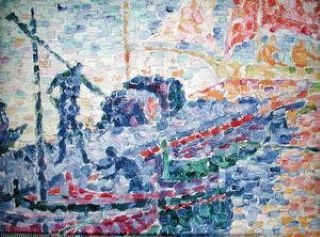
Paul based his boat at St. Tropez, and from there, travelled as far as the Netherlands, Venice and Constantinople.
From his various ports of call, Signac brought back vibrant, colourful watercolours, and sketches. From these sketches, he painted large studio canvases that are carefully composed of small, mosaic-like squares of colour quite different from the tiny, variegated dots introduced and used by Seurat. 1
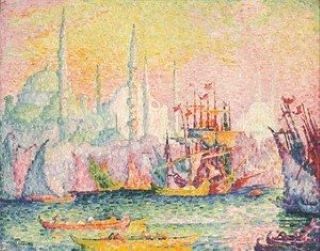
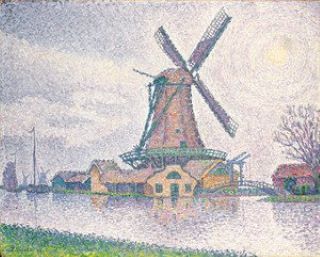
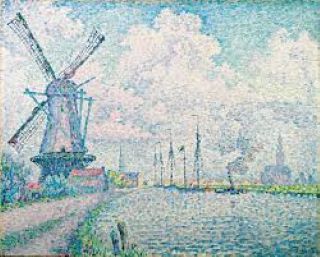
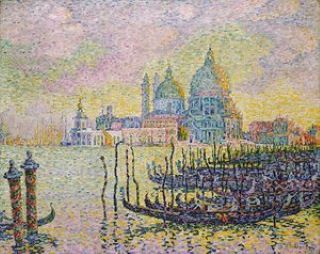
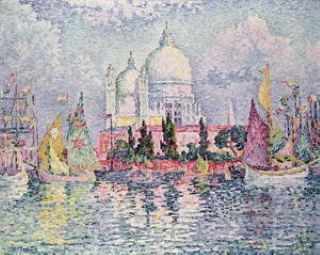
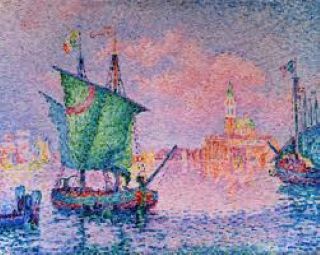
Signac experimented with various media. As well as oil paintings and watercolors he made etchings, lithographs, and many pen-and-ink sketches composed of small, laborious dots. 1
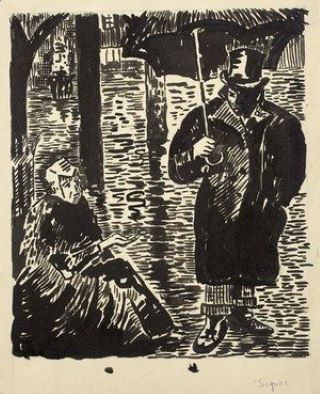
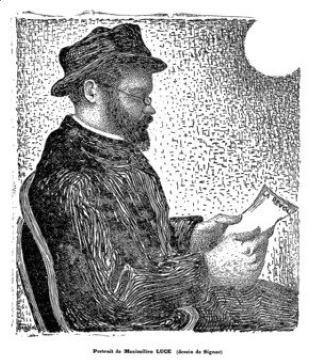
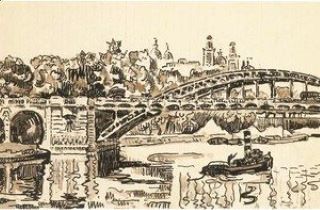
On 7 November 1892, aged 29, Signac married Berthe Roblès but they didn’t have any children.
In September 1913, Signac rented a house at Antibes, where he took up residence with Jeanne Selmersheim-Desgrange. She gave birth to their daughter, Ginette, on 2 October 1913. Followig this, Signac left the St. Tropez house and Paris apartment to Berthe and they remained friends for the rest of his life. On 6 April 1927, Signac formally adopted Ginette as his daughter. 1
Signac wrote several important works on the theory of art, among them "From Eugène Delacroix to Neo-Impressionism", published in 1899. He also authored several introductions to the catalogues of art exhibitions and many other writings not published. 1
In 1908 Signac was elected president of the Twenty-fourth Salon des Indépendants. As president of the Société des Artistes Indépendants, from 1908 until his death, Signac encouraged younger artists by exhibiting the controversial works of the Fauves and the Cubists. He was the first patron to buy a painting by Matisse! 1 A true pioneer and mentor....
Paul Signac died from sepsis in Paris on 15 August 1935 at the age of 71. His ashes are interred at the Père Lachaise Cemetery.1
"The art of the colorist has in some ways elements of mathematics and music." - Paul Signac
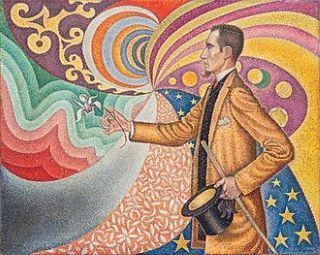
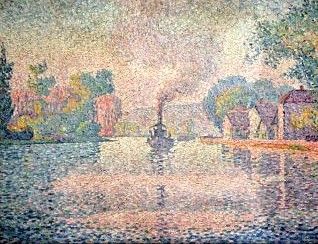

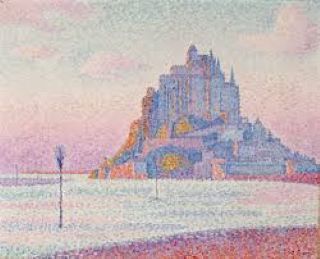
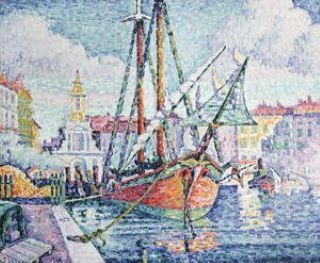
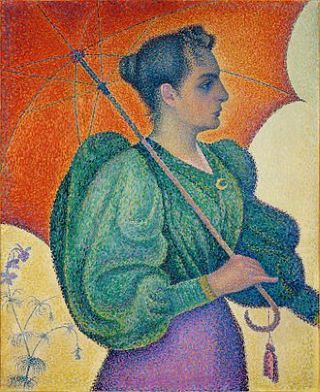
Footnotes
- With thanks to Wikipedia
NOTE: If you like Paul Signac's work and style, you can browse through many more of his paintings here.
